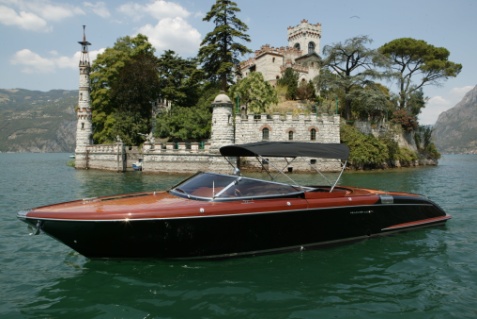Frieze by Sea

Despite the glamorous buzz around the opening of White Cube Bermondsey and the appreciative chatter about Christian Jankowski’s speedboat and yacht, 2011 Frieze Fair selections were less ritzy and more accessible than past seasons. Daphne Guinness attended in a glittering black sequined gown, making her own person one of the more opulent elements to be seen. But the overall low-fi fare and atmosphere at the 173 gallery booths and surrounding projects felt especially playful, thoughtful, and relaxed.
This sensibility was encouraged by the range of work that wittily addressed recessionary woes and financial stress. Instead of turning the Frieze tent into a giant bubble of self-satisfaction, galleries were presenting work confronting class concerns and conflicts. In fact, the 3,000 protesters at yesterday’s Occupy London outside St. Paul’s Cathedral would have approved of some of the sharpest pieces, like Michael Landy’s machine at Thomas Dane Gallery that eats credit cards and poops out art.
Yet despite this conceptual flirt with frugality, sales were healthy and both celebrity-watchers and dealers were happy. Notables including Alber Elbaz, Eva Herzigova, Valentino, Michael Stipe, Elle Macpherson, Venetia Scott, Gwen Stefani, Caroline Sieber, Tom Ford, Courtney Love, and Dasha Zhukova all slinked through the stands. And while the big news was that David Zwirner sold Neo Rauch’s Haus des Lehrers for $1.35m, other dealers were also moving work at a satisfying pace.
At Peres Projects, a massive brightly-colored shamanistic self-portrait of iconic femme fatale Dorothy Iannone in fragrante with a young blond boy was a rare totem to female sexuality. Iannone, known to her long-time lover Dieter Roth as “the lioness,” is a hard act for a person of any sexuality to match, but she was practically alone in representing women’s sexual appetites in a fair figure-headed by Franz West’s giant abstract phallus sculpture at Gagosian.
But the uncontested star of Frieze was of indeterminate sex. The androgynous hermit crab living inside a replica of Brancusi’s Sleeping Muse (1908) was a humble main attraction, and Pierre Huyghe’s contribution to Frieze Projects. As the crab crawled through and around a gang of spider crabs and rocks, he or she became an inspiring symbol for making art an integral part of one’s home and everyday life.






